Zhongqi Wan Duo Huang Yang from the concave temple
Goose bench | public account ebandeng
Recently, major mobile phone manufacturers seem to have suddenly become aware of battery charging, with 100W or even 125W taking turns to refresh the screen.
The big goose shed tears silently looking at the laptop charger in his early 60W.
On the one hand, there are frequent reports of charging technology, and on the other hand, Tencent’s Xuanwu Laboratory has revealed a safety problem with fast charging, claiming that there are major safety problems in fast charging products on the market and there is a risk of explosion.
So what’s the matter with fast charging of mobile phones? Is it safe? Today, let’s talk about charging the mobile phone.
A brief history of early charging
Although now ridiculing Apple’s “five fortunes and one security” has become the basic cultivation of digital enthusiasts, but ten years ago, the charging power of mobile phones was still far from this level.
The earliest Nokia black-and-white screen mobile phone, its charging interface is a real charging interface, data transmission and even screen projection functions do not exist.
Of course, the function of the mobile phone was simple at that time. It was almost enough to be able to call and send text messages. If there is a snake, it can barely be a game mobile phone.
The result was that the mobile phones at that time consumed little power, the battery capacity was small, and technical limitations, the charging power was only 2.5W.
Later, with the birth of color-screen mobile phones, the functions of mobile phones began to be further enriched, and you can connect to a computer to listen to music on the mobile phone.
So the mobile phone has an additional data transmission interface besides the charging interface.
After a while, smart phones will replace feature phones on the stage of history. Mobile phones have more and more functions and consume more power. The battery capacity has also increased by leaps and bounds. When it comes to power, it will be thousands of mAh. era.
At this timeWaiting for a 2.5W charger, it won’t move your phone. Don’t talk about the slow charging, and even play with the phone while charging, and the battery is getting less and less.
The changes of fast charging
The requirements for transmission interfaces are getting higher and higher, forcing the major giants in the industry to form teams to overcome difficulties.
So seven companies, Intel, NEC, IBM, Microsoft, Compaq, DEC, and Northern Telecom, formed the USB-IF (Universal Serial Bus Implement Forum) organization and proposed the USB specification for the first time.
USB was born at the right time and quickly became popular. As USB gradually became an industry standard, in 2010, USB-IF released the USB BC 1.2 charging standard (BC is the abbreviation of Battery Charge).
At first glance, various mobile phone manufacturers can find that the charging and data interface can be combined into one, which can save a lot of space inside the fuselage, so this charging method has become the mainstream, except for mobile phone manufacturers in use, digital cameras and other portable electronics The equipment is also beginning to use.
The biggest contribution of USB BC 1.2 is that the maximum current of USB charging can reach 1.5A. Although it does not increase the voltage, the charging power is directly increased to 7.5W.
Although it doesn’t look good now, it was enough to jump up and beat 2.5W at that time.
However, the wheels of history are rolling forward. Smartphones have more and more functions and larger screens. Various components in mobile phones consume more and more power, and mobile phone batteries have to increaseBigger, so the charging speed has once again become the bottleneck of industry development.
Qualcomm first noticed this problem. Don’t look at Qualcomm as if it is a chip seller. His true identity is a patent giant. One of the most important ways to make money is to research technology, apply for patents, authorize use, and finally lie down to make money.
So in 2013, Qualcomm released the first generation of fast charging technology QC1.0, which broke the maximum current limit of 1.5A in the USB BC 1.2 standard and increased it to 2A, allowing the maximum power of fast charging to reach 10W.

As for why it was only increased to 2A instead of pulling up again, it was mainly because most mobile phones used the Micro USB interface of USB 2.0 specification at that time. The current of 2A is basically the maximum current that this specification can withstand. Up.
Since the current can only be input so much, it has to increase the voltage to increase the overall power, which has become the mainstream game in the industry.
Including Qualcomm’s subsequent upgrade of QC 2.0, MediaTek’s Pump Express, Meizu’s mCharge, Huawei’s Fast Charge Protocol, and Samsung’s Adaptive Fast Charging.
But high-voltage charging is not a perfect solution. An obvious problem is–
Mobile phone while charging